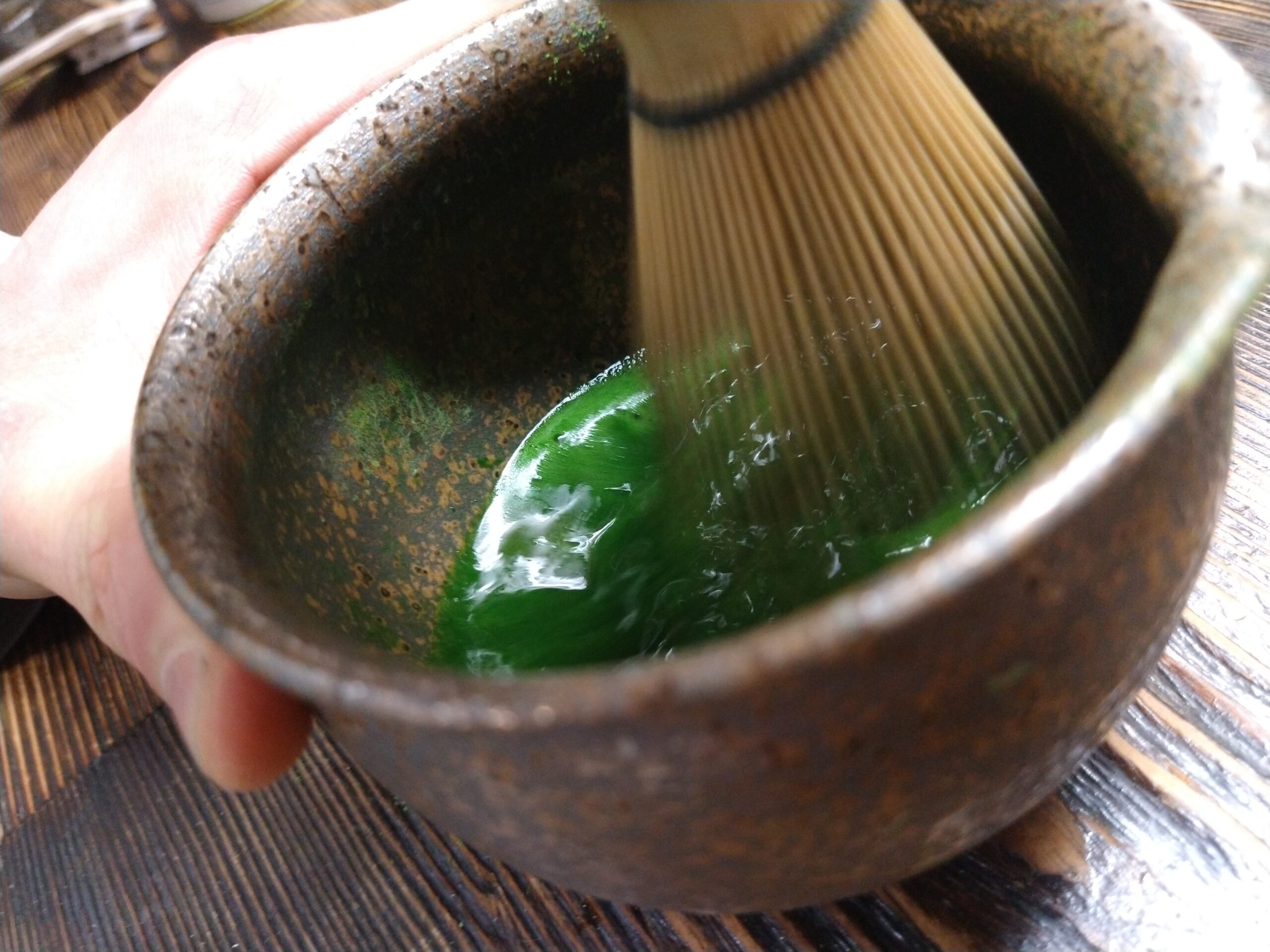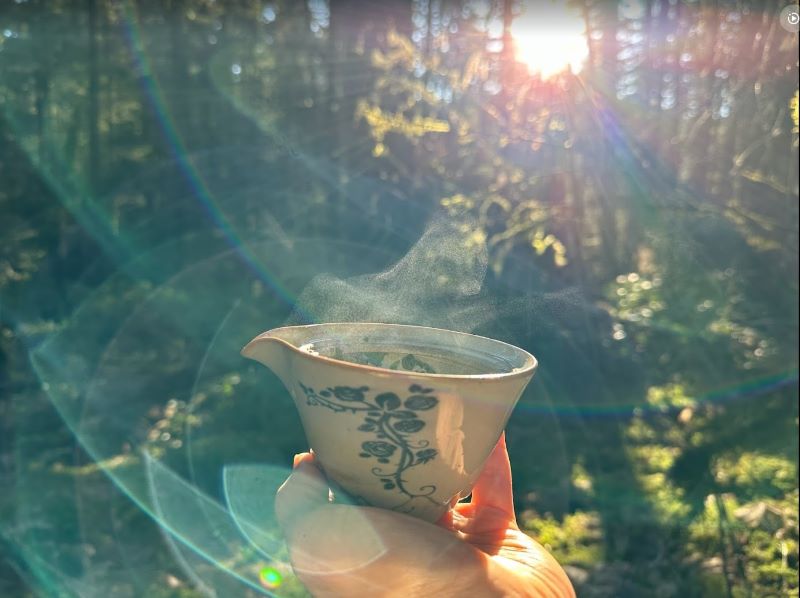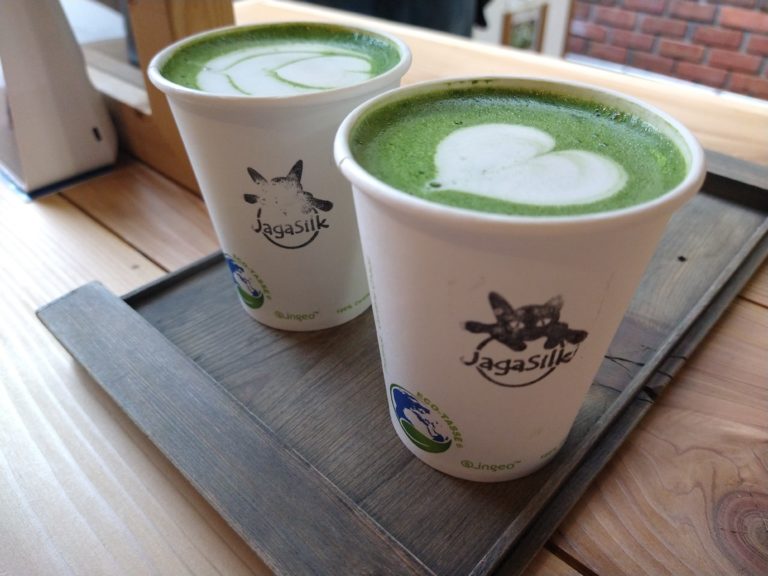
Sometimes we get asked about the difference between culinary and ceremonial maccha.
The short answer is that the difference is arbitrary. The reality is that there is no official standard for defining the difference, and that this nomenclature really only exists outside of Japan.
You do see the word “culinary” used to describe low grades of maccha in Japan, but since maccha is the only tea used in the Japanese Tea Ceremony (although there is a sencha tea ceremony, it is less well known) one could argue that all maccha is ceremonial. Which maccha is used is really a decision made by the host of the ceremony. If one were going to divide maccha into categories, you could say that lower quality maccha could be “okeiko-you” for practice, “usucha-you” for making thin tea (the ratio our traditional maccha is based on) and “koicha-you” for making thick tea (the texture of thick paint, best made with maccha that is smooth, rich and creamy with lots of umami).
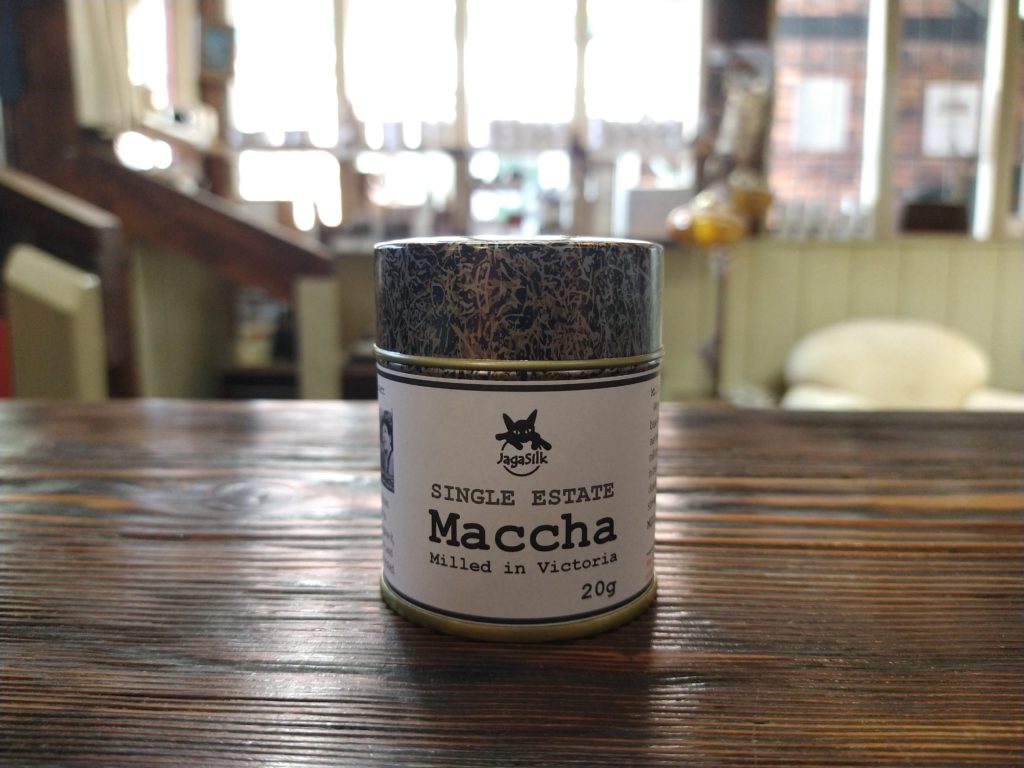
…When you see “latte grade” or “culinary”, it really is just a euphemism for “low grade”.
In North America, where there is quite the health movement around maccha, companies have embraced the “ceremonial” category to really be an all-size-fits-all way of saying that for their particular brand, it’s their top end and therefore expensive. When you see “latte grade” or “culinary”, it really is just a euphemism for “low grade”. The reality is that when you have a simple ingredient set like in a pure maccha or even the maccha latte (a fusion drink now being reverse imported to Japan) you can definitely taste the grade. You could definitely make the argument that in larger drinks, acidity and bitters help to bring out more flavour depth, but that does not necessarily mean you have to settle for lower quality; maccha meant for usucha can definitely do the trick. At Jagasilk, we simply suggest using less milk or water and more tea so that you can truly taste the maccha that you choose tow work with.
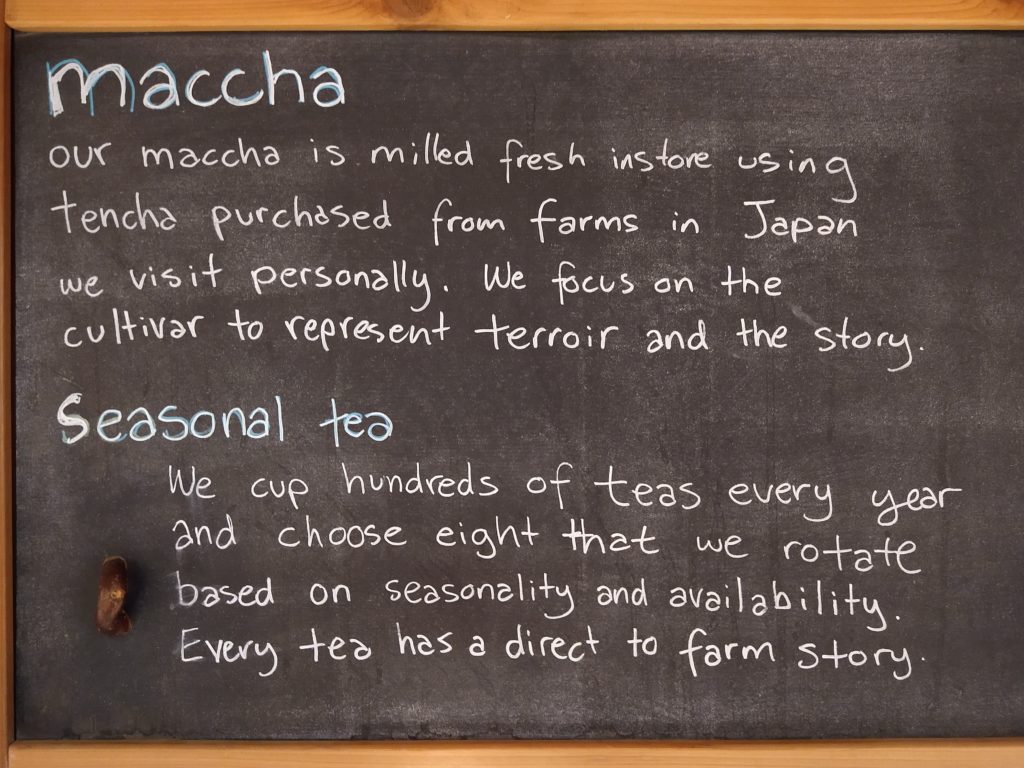
…”culinary” can be a catch all for powdered green teas that are not necessarily true maccha.
The other unfortunate reality is that “culinary” can be a catch all for powdered green teas that are not necessarily true maccha. To qualify as maccha, the tea needs to be shade grown, steamed, deveined, destemmed. This makes tencha, a leaf that is then micro-milled into a powder to make true maccha. We have been sold “industrial maccha” by farmers that are clear with us that they are milling sencha, and tried marketing it as “NotMaccha”, but it did not do well for obvious reasons. We sold the same product to another company private label who then called it “ceremonial maccha” and it sold like hot cakes for them.
So the reality is that the terms “culinary” and “ceremonial” are not necessarily what you might think. There is no independent authority deciding what these categories mean and therefore are best taken to represent “low” and “high” grades respectively for the companies utilizing them. We are not big fans of using the word “ceremonial” this way, but to each their own. We respect that it is definitely a common enough phrasing that we get asked about it. For us, all of our maccha is “ceremonial”. We don’t sell any teas that we would not enjoy drinking ourselves. And it is all milled here at JagaSilk fresh from tencha.
Share this article
Search the blog
JagaSilk Links
Article Categories
Subscribe to our Newsletter
Love maccha? Sign up and get 10% off your first order. You'll also receive new articles and video content!

